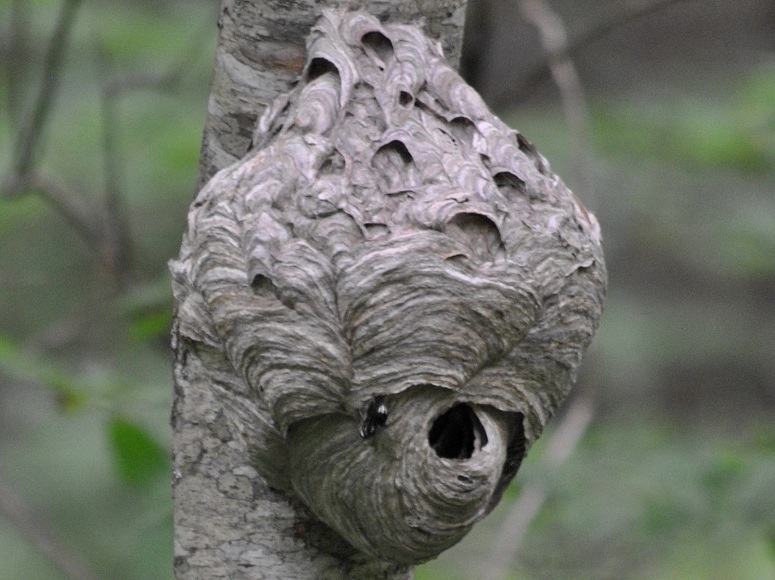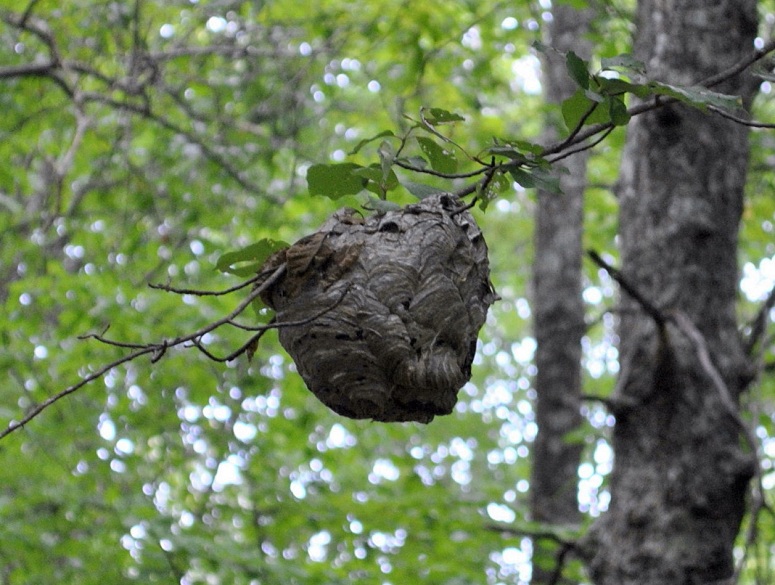Southeast Wilderness Survival
aaaaa
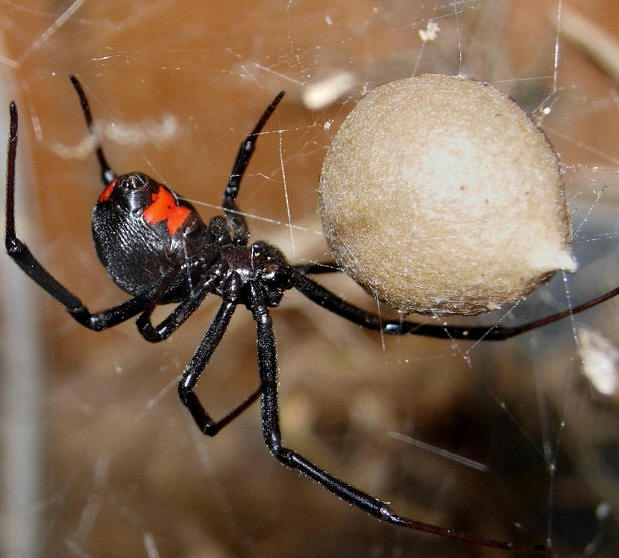
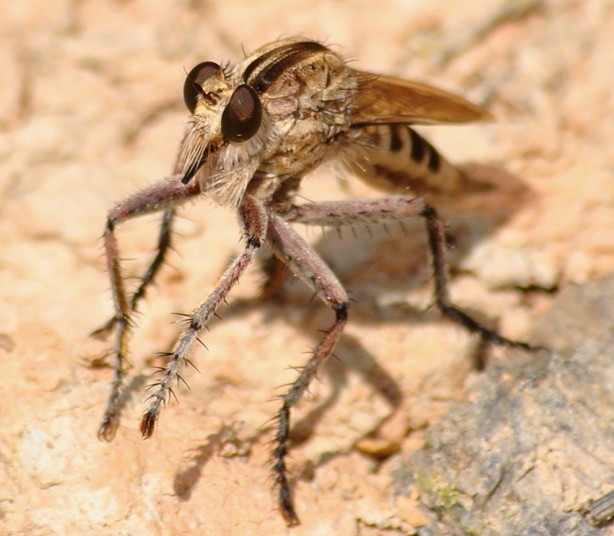
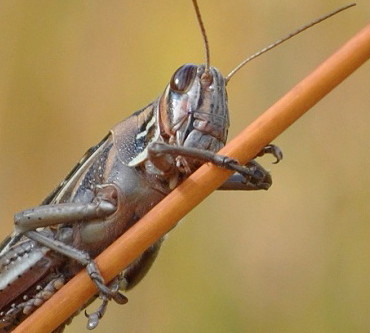
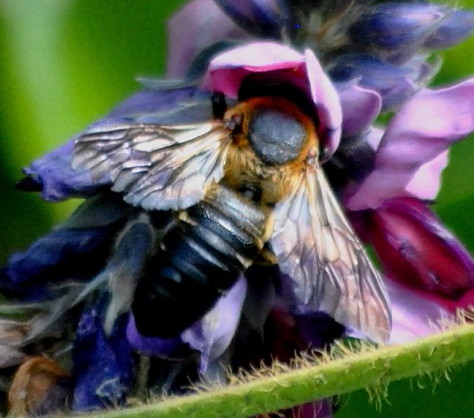
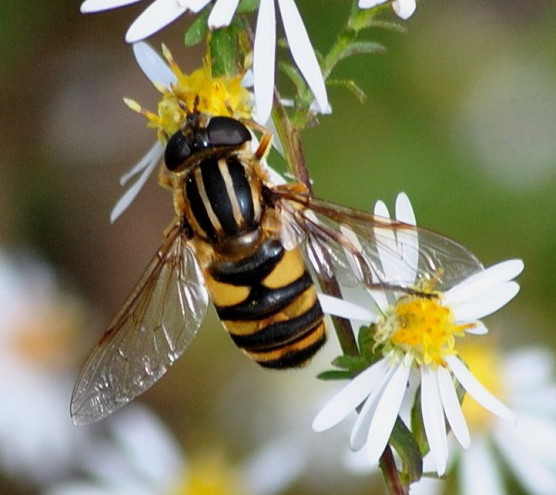
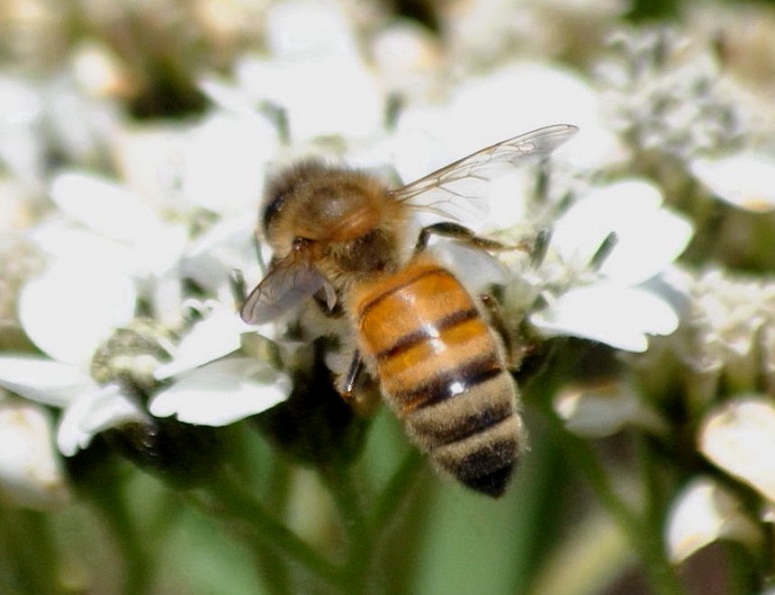
The European Honey Bee
These little fellows are a common sight in the flower strewn clearings of the forests in the southeast. Throughout the warmer months of the year you can find them busily going about their business of gathering nectar for their honey production and gathering pollen to eat, as well as pollinating the flowers along the way.
These little fellows are a common sight in the flower strewn clearings of the forests in the southeast. Throughout the warmer months of the year you can find them busily going about their business of gathering nectar for their honey production and gathering pollen to eat, as well as pollinating the flowers along the way.
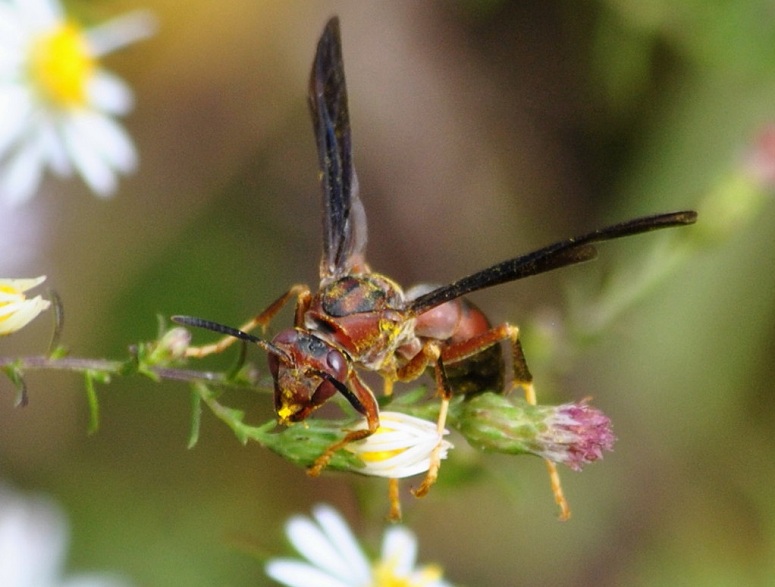
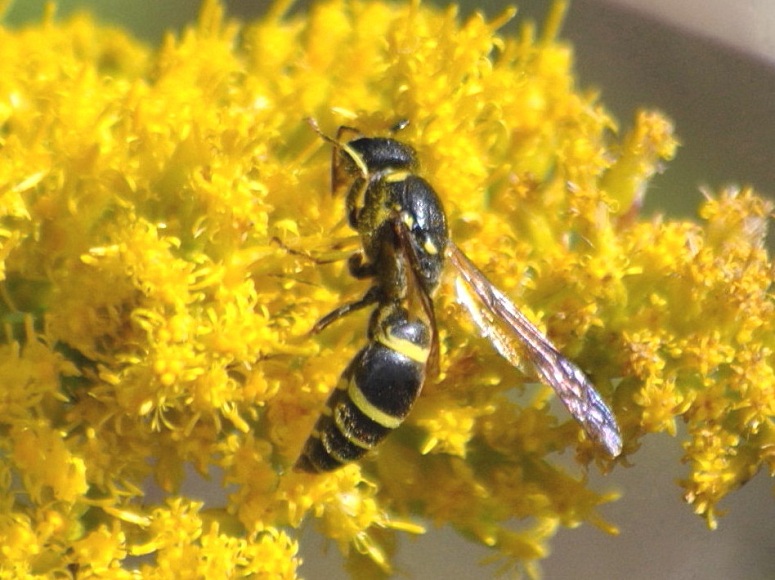
The forests of the southeast are teaming with life, not the least of which are all of the smaller life forms. There are many ranging from buzzing mosquitoes, various bees and several types of flies, fluttering butterflies, patrolling dragon flies, skulking spiders to lumbering Caterpillars and millipedes. The following is mostly a photo gallery of just some of the insect life that can be found in the forests of the southeastern U.S. with a brief description of each.
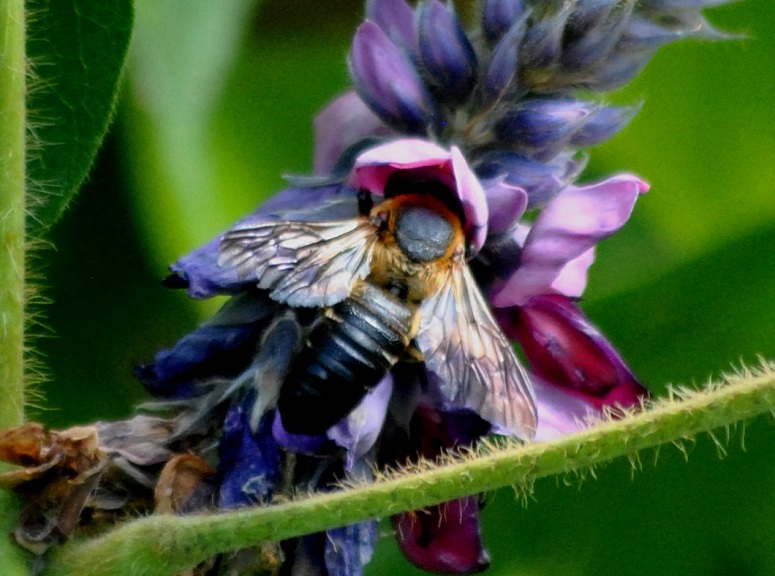
Bees and Wasps
From the sub-tropics of the Everglades at the southern tip of Florida to the Appalachian Rain Forest of eastern Tennessee and the western Carolinas, from the swamps of southwestern Louisiana to Georgia's Savannah the forest of the southeast come alive with the bright vivid colors of a great many flowering plants and trees throughout the spring, summer, and on into late autumn. All of these pollen producing flowers combined with a mild to moderate climate create an ideal habitat for a large variety of bees.
From the sub-tropics of the Everglades at the southern tip of Florida to the Appalachian Rain Forest of eastern Tennessee and the western Carolinas, from the swamps of southwestern Louisiana to Georgia's Savannah the forest of the southeast come alive with the bright vivid colors of a great many flowering plants and trees throughout the spring, summer, and on into late autumn. All of these pollen producing flowers combined with a mild to moderate climate create an ideal habitat for a large variety of bees.
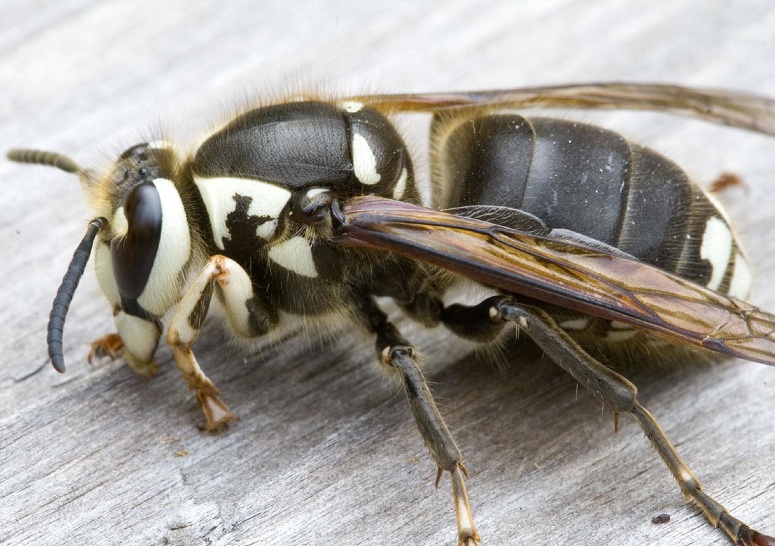
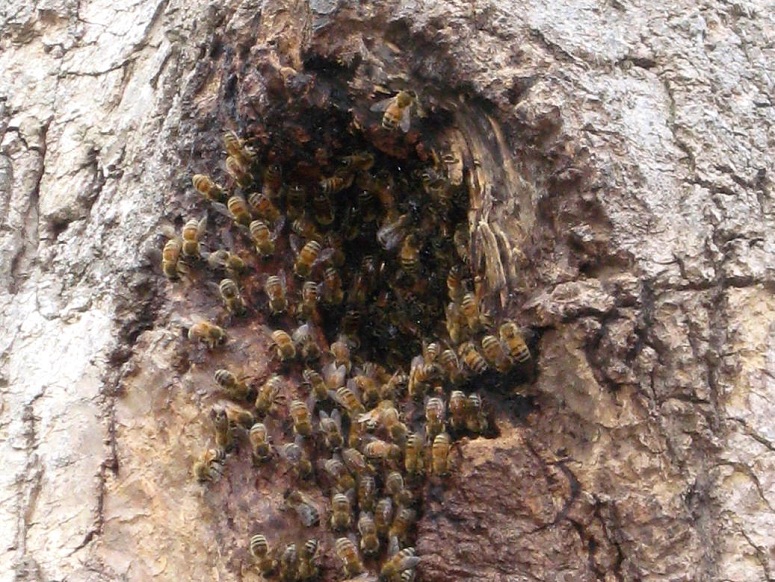
Feral Honey Bees have a tendency to make their nests in hollow trees or tree branches. As a rule honey bees aren't normally aggressive but they will defend their nests when threatened and seem in some cases to defend their home more aggressively if approached by someone who is apprehensive about doing so as if they can pick up on the intent. In a survival situation a honey tree can be a great find if one is not allergic to bees. Just 5 table spoons of honey contains 82 grams of carbohydrates, small amounts of bee complex vitamins and vitamin C, and is a viable source of potassium. The antiseptic and antibacterial properties of honey are another factor that make honey a good find in a survival situation.
The Giant Resin Bee can be found hovering in Kudzu patches in the summer months. These guys are large and can look menacing when they fly around you checking you out but so far I have found them to be docile in their actions and more likely to get annoyed by the presence of people and fly away than to react by stinging. I like observing them because their large size makes their movements and actions easier to see.
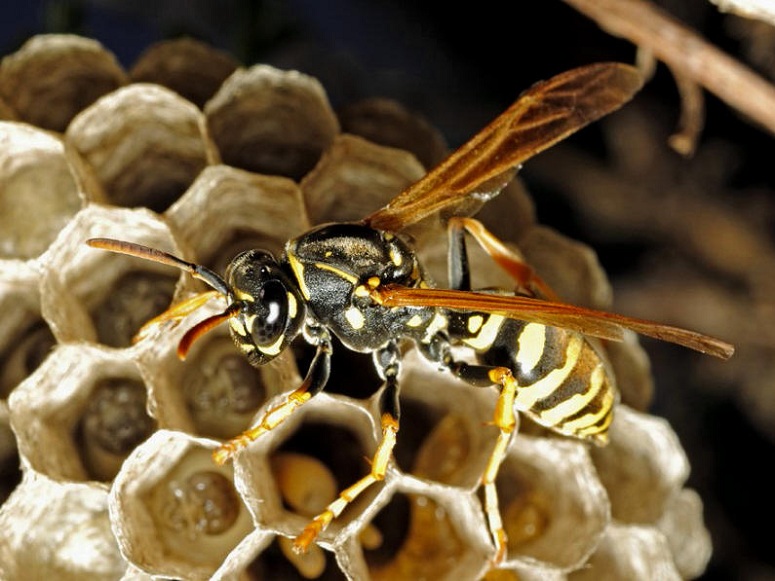
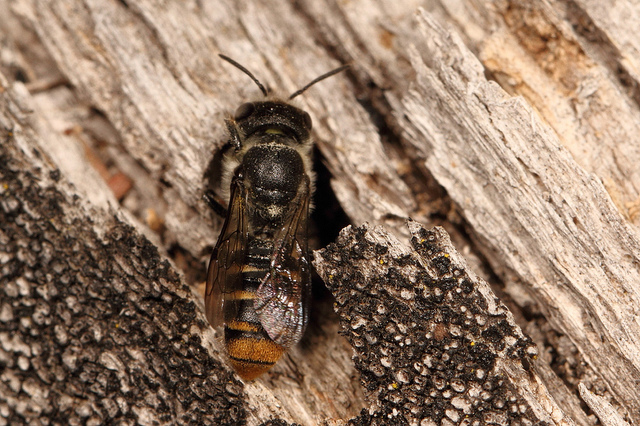
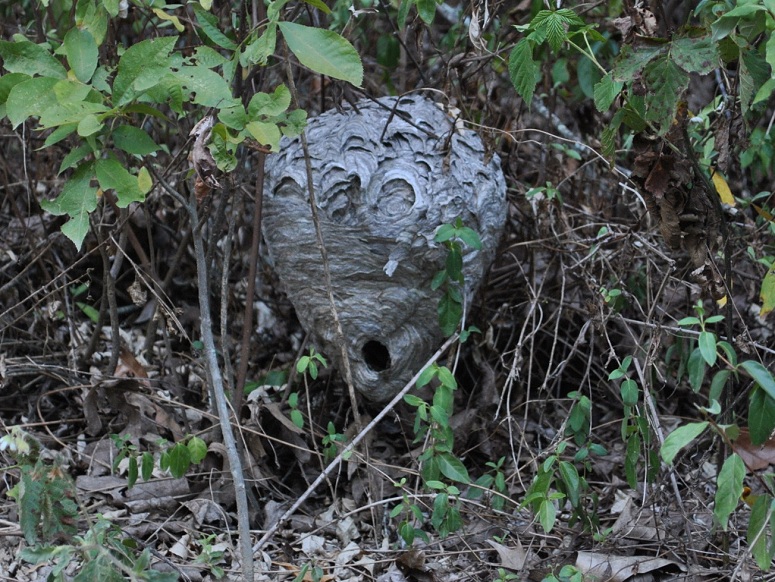
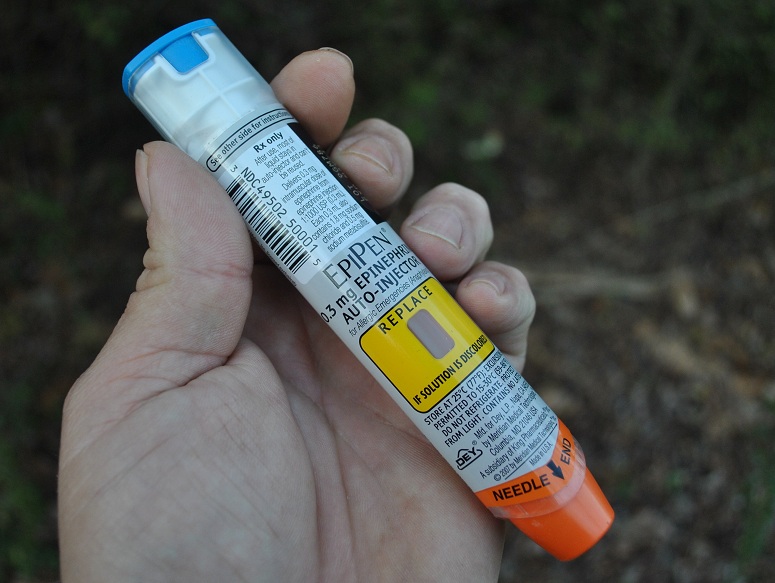
These jaws of these bees were not designed to cut wood so they typically nest in abandoned holes in dead wood that were made by other insects such as our local carpenter bees, of which we have many.
The paper wasp is another member of our local flying and stinging community. Though they are not normally aggressive unless threatened, their colors can cause them to easily blend into their surroundings and they can be made to feel threatened completely by accident. One does not have to be allergic to bees to find a wasp sting an unpleasant experience.
